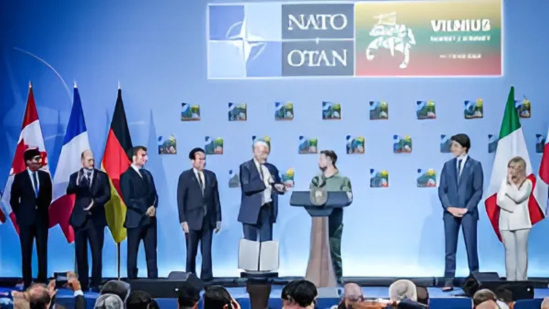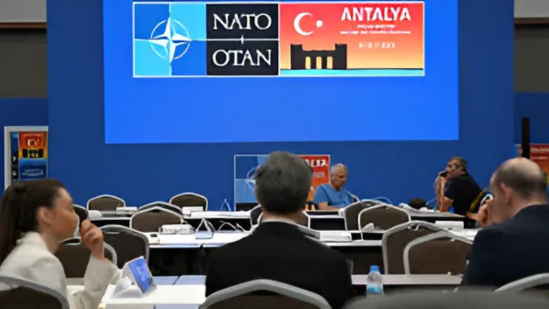
NATO, the North Atlantic Treaty Organization, is currently under intense pressure from the United States to increase defense spending. The U.S., which contributes the most to the alliance, wants all NATO members to raise their military budgets to 5% of their GDP. This is more than double the existing 2% goal and is being pushed as a necessary move to face growing global threats.
The demand for higher military investment comes at a time when the world is experiencing increasing geopolitical tension, especially due to the ongoing war in Ukraine, rising cybersecurity threats, and China’s expanding influence. According to U.S. Defense Secretary Pete Hegseth, NATO needs to be stronger and better prepared to deal with current and future challenges.
To meet these demands, NATO’s Secretary-General Mark Rutte has proposed a two-part strategy. He suggests that 3.5% of GDP should be spent directly on military defense such as weapons, personnel, and combat systems. An additional 1.5% of GDP would go toward non-traditional security needs like cyber defense, infrastructure protection, and technology upgrades. This new plan would modernize NATO and make it more capable in both physical and digital warfare.
Many NATO members support the U.S. push. Countries like Sweden, Latvia, and Estonia agree that stronger defense is needed, especially due to their proximity to Russia. Germany has even announced plans to grow its military force by over 50,000 soldiers in the next few years.
However, not all NATO countries are on board with this ambitious target. Some, like France, Italy, and Spain, are concerned about the financial burden. Even in the United Kingdom, there is debate. While the U.S. wants an immediate increase, British defense advisors suggest a gradual rise, moving from 2.5% now to 3% later.
The economic reality is that increasing defense budgets to 5% would mean a huge rise in national spending. For example, Germany would need to spend over €200 billion a year, while the UK’s target would be more than £140 billion annually. Such spending could cause cuts in social programs, tax hikes, or public backlash in many countries.
Experts also differ on the necessity of this move. Some believe that more money is critical to keeping NATO strong and ready, especially in the face of missile threats, space warfare, and drone attacks. Others argue that efficiency and smart resource-sharing are just as important as high budgets. Think tanks suggest that joint training, shared infrastructure, and tech collaborations can achieve better defense without overspending.
The upcoming NATO Summit in The Hague will be a turning point. Member countries will discuss whether to agree on the 5% GDP spending goal, how to phase it in, and whether to offer flexible timelines. Some countries may negotiate for regional duties instead of fixed spending, while others may need financial support from wealthier allies to meet the target.
This debate is about more than money. It’s a test of NATO’s unity, its ability to respond to modern threats, and its global role in the coming decades. Will the alliance strengthen under shared commitment, or will economic differences drive members apart?































